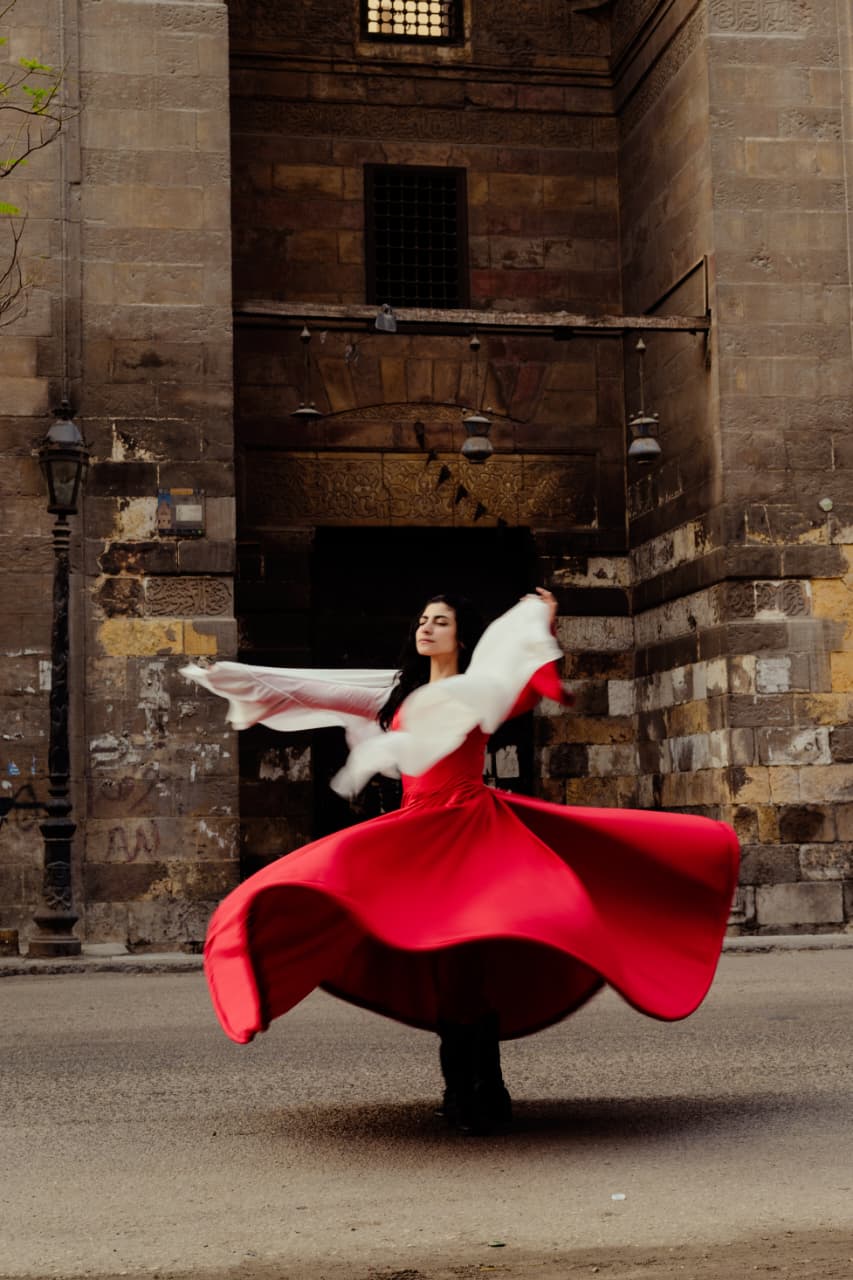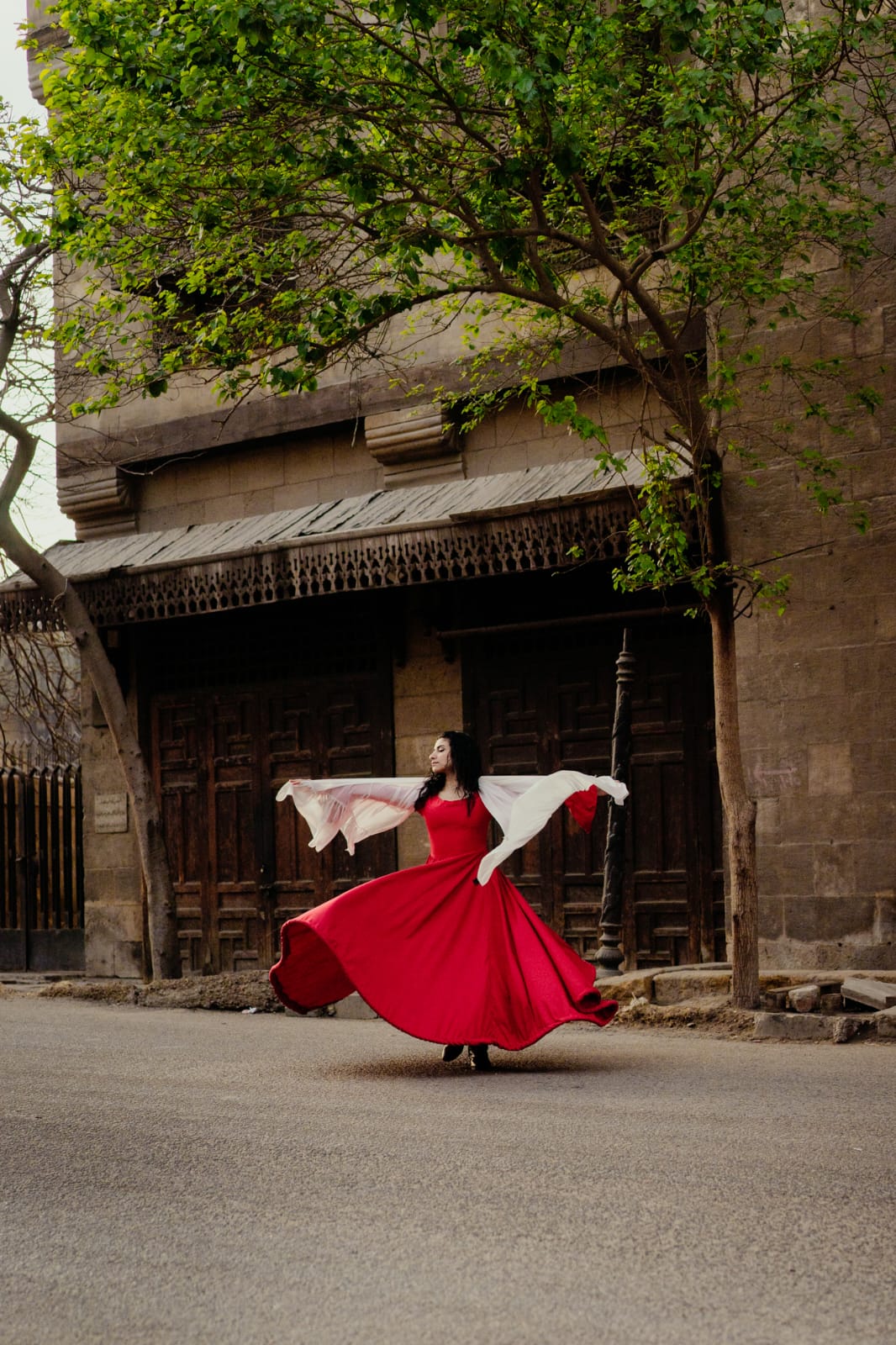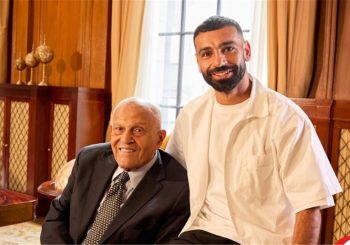When watching a Sufi whirling dervish spin, it may appear as though they are following something unseen, led by an invisible force that moves through every turn. Yet when one looks closer, one begins to realize that the dervish is not the one following. It is the world, and all who watch, that follow their orbit.
Much like the Earth moving in its eternal orbit around the sun, the motion itself is only visible to the watcher. For those who dwell upon the Earth, there is no sense of movement, only stillness, unity, and harmony with the ground beneath them. It feels as though the Earth stands still, and the universe revolves around it.
In the same way, the Sufi whirling dervish lives within the home of their own body, seeing it as a planet unto itself, a mirror of the vast universe and its orbiting planets. Seeing all of creation as interconnected, the Sufi philosophy lives within the whirling dervish, teaching that to be fully present within one’s body is to be in harmony with the orbit of the entire universe.
As the Earth orbits, so too does the body; and just as the Earth is a place we inhabit, the body is a planet we live within.
To encapsulate this philosophy in one sentence, Afnan Shaher, the founder of Dory Project, Egypt’s first all-women Sufi whirling collective that began in 2023, puts it enigmatically: “Teach me how to melt and not to disappear.”
For Shahr, as a female Sufi whirling dervish, the act of whirling is the act of melting into the oneness of the universe, where the self, the ego, and all worldly desires melt in the presence of God, leading to complete surrender and selflessness.

“We don’t need to remain stuck in the idea that Sufism is just chanting or hymns,” Shaher shares with Egyptian Streets. “For me, seeking God is a practice in every single moment. It’s about melting into the source of being, releasing the ego and the self, and understanding that Sufism calls us to surrender to the present moment. Life exists only in the now; we are but a drop in the ocean, returning to its vastness.”
As the founder of an all-women Sufi whirling collective, Shaher sees whirling not as a performance, but as a spiritual discipline; a meditative act that heals, nurtures, and draws one closer to God.
“Our bodies, the vessels of our souls and minds, already hold everything within them,” she says. “We are miniature universes. The question is: which part of that universe do we awaken? That awakening can only happen through our connection with the greater cosmos.”
From guiding other women in the practice to organizing workshops, her journey has been one of deepening her own connection with God, while also opening a space for others to witness the universality of Sufism, and how its essence can unfold for anyone, regardless of their origins.
Women in Sufism

Most Sufi whirling dervishes one encounters, whether in photographs or on stage, are men, and women are rarely, if ever, seen or heard in these spaces.
Shaher’s journey as a female whirling dervish began unexpectedly through her early work as an actress. Her first encounter with the practice came while performing in a Sufi-themed play inspired by The Forty Rules of Love, where she portrayed Wird al-Sahra (Desert Rose), a character who learns the whirling practices from the disciples of the Sufi mystic Shams al-Tabrizi.
“It felt as though whirling was already a part of me,” she recalls. “It was like a fire within, and God simply opened the path before me.”
From that moment, her path as a female whirling dervish began to unfold. Yet along the way, she faced criticism.
“At the beginning, I met a great deal of resistance. People would ask me, ‘What are you doing? You can’t do this as a woman.’ But I kept moving forward. Even my family hesitated at first, yet over time, they came to accept my whirling, recognizing that it is a path toward God,” Shaher shares.
Such reactions, however, stand in contrast to Sufism’s own history. Scholars and historians have shown that women have long held an essential place within Sufi traditions, even as cultural and societal changes over time sought to obscure their presence.
Many of the earliest figures in Sufism were, in fact, women. They held formal positions as leaders and directors, and also took on less formal roles as mentors and preachers. As the mystical dimension of Islam evolved, it was a woman, Rabi‘a al-Adawiyya, who is often credited as the first to articulate Sufi philosophy in clear terms, referring to God as the ‘beloved.’
For Rabi‘a, spirituality was never rooted in fear of hell or desire for paradise; it was driven entirely by love for God. Her teachings centered on the understanding that God is love, and her aim was to melt her own being into that divine presence. She believed that the path to God could be found by turning inward into oneself.
The celebrated Egyptian Sufi master Dhul-Nun al-Misri is also noted for acknowledging a woman as his teacher and greatest influence: Fatima of Nishapur, a prominent 9th-century Sufi saint from Nishapur, in present-day Iran.
Over time, as societal and political dynamics shifted, women’s presence grew less visible, and the manuscripts documenting their contributions were increasingly overlooked. It is only in recent years that new research has begun to uncover and revive these forgotten manuscripts.
For Shaher, founding an all-women Sufi whirling collective was both a deliberate choice and a reflection of her personal journey; an exploration of the distinctions between masculine and feminine expressions of spirituality, and a response to what she sees as the gradual fading of women’s voices in spiritual practice over the years.
“Women have been reduced to symbols of desire because that’s how men see us, and because masculine energy dominates globally,” Shaher explains. “This has confined women’s presence, keeping us out of political, philosophical, and spiritual spaces.”

Early on, one of the first criticisms Shaher faced as the founder of an all-women whirling collective was that they were “daring,” “exposing their bodies,” and “breaking social codes.”
“At first, those words bothered me,” she admits, “but I soon realized it was simply their projection, how the masculine sees us, not who we truly are.”
Through the act of whirling, the boundaries between men and women dissolve, Shaher explains. In that movement, one begins to witness the unity of all things and all of creation, the interconnection between masculine and feminine, and the unity that exists between them.
“Each of us carries both masculine and feminine energy,” Shaher explains. “Once you recognize that balance within yourself, you stop searching for completion in others. You don’t need marriage to feel whole, not out of rejection, but from the understanding that you already embody both forces. From that awareness, your actions come from abundance, from a place of light, not from the need to fill an emptiness.”
Even on stage, Shaher’s whirling rituals sometimes carry a distinctly feminine touch. Her choice of music often features women’s voices, artists like Youssra El Hawary, whose songs bring together elements of spirituality and philosophy.
While Shaher frequently dons the traditional white Mevlevi robe, she also infuses her attire with color, particularly shades like red, that embody and channel feminine energy.

A never-ending spiritual journey

At its core, the all-women whirling project is, for Shaher, a spiritual journey; one that began and continues to unfold.
To her, whirling is a form of movement that bridges the connection between the self and God, guiding one back to their most authentic being.
“For me, whirling is both an inner and outer motion,” she says. “Human beings are meant to move. God did not create the universe to be still. There are seasons, cycles, rhythms. Our bodies, too, move in cycles.”
Amid the noise of the modern world, it is easy to lose oneself and drift from spirituality. But for Shaher, the Sufi act of whirling is a reminder in itself to always turn back to the source: to God, to the essence of who we are, and to the stillness that exists within movement.
“We forget our oneness,” she reflects softly. “When we’re born, we remain connected to the source. But as time passes, we forget until something happens that wakes us up, and we begin to remember. It happens to all of us.”
In a world where science and technology are moving faster than ever before, Shaher believes it is now more crucial than ever to allow spirituality to speak in new ways to a generation growing up in an ever-changing world.
“The future will be difficult, for us and for those who will come after. We must learn to speak to this new generation in their own language, so that we can reach those who are seeking understanding, and so they, too, can find their way to deeper layers of meaning.”






Comments (0)